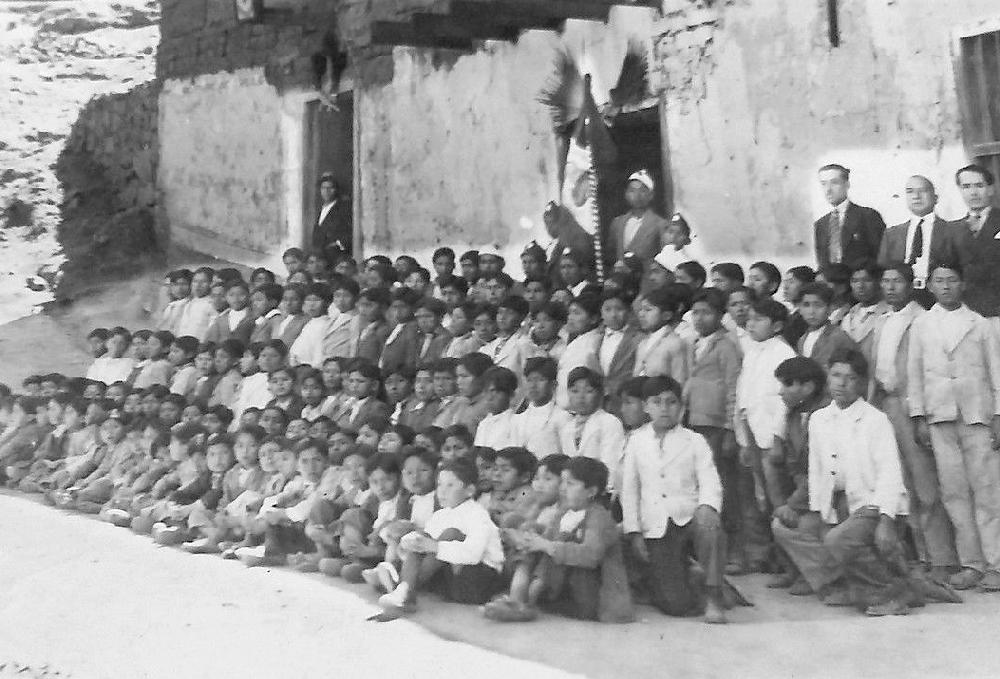
Figure 1.--Here e see a Peruvian primary school we believe somewhere in the Sierra (Peruvian Highlnds. Notice the national flag being proudly displayed. Thephotogrph is undated, but we beleve was taken in the 1950s. |

|
There was no public education system as part of the Spanish colonial system. The church may have operated some schools, but we have little information on the colonial period at this time. It was only after independence (1820s) that the country began to address the issue of public education. Politics was dominated by the conflict between conservatves and liberals. The role of the Church was at the heart of this conflict and this included whether the Church or State would control education. There were minimal efforts to develop a public school system outside the major cities. Educational was not widely available to rural and ecven poor city children. The country's large indigenous popultion in the Sierra (Andean Highands) in particular has only limited access to education. Chaotic politics and and limited economic development did not create the conditions favorable to developing a public education system. The same sitution continued into the 20th century. This did not change until democratic politics began to tale root (1940s) and free market economics reforms began to lead to substantial economic development (1970s). This was impeded by the Sendero Luninoo (Shining Path) Maoist isurection (1980s). Ironically at the sae time China went capitalist, Peruvian Maoists were trying to destroy Peru's budding capitalist economy. Economics is very strongly related to education because only contry's with a strong economy can finance an effective education system. Since that time, Periy has made remarkable economomic and educational progress. Peru adopted important education reforms (1996). The Government extended free and compulsory school education to all students aged between 5 and 16 years. There were two streams: educación básica (general stream) y técnico productiva (technical stream). Primary education is now available to almost all Peruvian children. Secondary educations is still largey aspirational, Only about a quater of the school age population is enrolled in upper secondary education. Secondary schooling is especally limited in remote parts of the Sierra and the lightly populated oriente (Amazonian rainforest).
Navigate the HBC Peruvian pages
[Return to the Main Peruvian school page]
[Return to the Main South American school page]
[Return to the Main Peruvian country page]
[Peruvian art]
[Peruvian history]
[Peruvian youth groups]
Related Style Pages in the Boys' Historical Web Site
[Long pants suits]
[Knicker suits]
[Short pants suits]
[Socks]
[Eton suits]
[Jacket and trousers]
[Blazer]
[School sandals]
Navigate the HBC School Section:
[Return to the Main South American school pge]
[Return to the Main Latin American school page]
[About Us]
[Activities]
[Chronology]
[Clothing styles]
[Countries]
[Debate]
[Economics]
[Garment]
[Gender]
[Hair]
[History]
[Home trends]
[Literary characters]
[School types]
[Significance]
[Transport and travel
[Uniform regulations]
[Year level]
[Other topics]
[Images]
[Links]
[Registration]
[Tools]
[Return to the Historic Boys' School Home]
